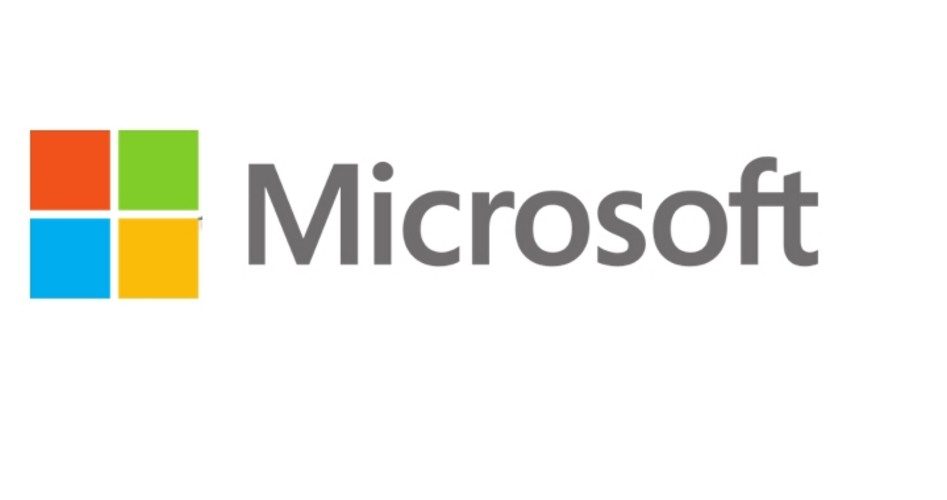
The Windows 10 update that turns your PC into a portal for spying on you was just the beginning of what Microsoft is doing. As more and more people begin to adopt Windows 10 — whether by buying a new PC or via Microsoft’s “free” upgrade — the Redmond Giant is building on that foundation to further violate users’ privacy and liberty.
In what may be one of the most confusing moves the software empire has ever made, Microsoft has begun rolling out updates for Windows 10 that contain none of the release notes users have been accustomed to. Now the description of the update simply says, “This update includes improvements to enhance the functionality of Windows 10.” With so little information, users are left to wonder what the update does and how important it is. Since many (most) users have updates set to install automatically, these “secret recipe” updates are especially troubling. This is a new policy for the company, which has said that the only updates that will include release notes are those the company decides warrant them. That means that the functions of the vast majority of updates will be unknown to most users. Microsoft points out that the updates can be searched on the company’s knowledge base, but this requires that users make note of the filename of the update (for instance, KB 3081424) and search it on the knowledge base.
In previous versions of Windows, these release notes were delivered to the user along with the update. This allowed users to have at least some idea what was going on with their PCs. As it stands now, users have to take the time to search for that information — if they can even find it. Even though Microsoft claims that nothing has really changed in the level of information that is provided about updates, the reality is that the changes are like night and day. For instance, here is the description of the KB 3081424 update for Windows 10, which was rolled out on August 5:
This update includes improvements to enhance the functionality of Windows 10.
Windows 10 updates are cumulative. Therefore, this package contains all previously-released fixes (see KB 3074683). If you have installed previous updates, only the new fixes that are contained in this package will be downloaded and installed to your computer.
There is virtually no information about what this update does to a user’s PC. All he can know is that Microsoft says it will “enhance the functionality of Windows 10.” Compare that to the description Microsoft offered for the KB 3075851, which was sent to Windows 7 and Windows Server 2008 R2 users at about the same time as the KB 3081424 update was sent out for Windows 10:
This article describes an update that contains some improvements to Windows Update Client in Windows 7 Service Pack 1 (SP1) and Windows Server 2008 R2 SP1. This update also resolves an issue in which certain Windows Update operations fail when you install Windows Update Client for Windows 7 and Windows Server 2008 R2: July 2015 (3065987) on Windows 7 Embedded editions.
As Joel Hruska wrote for extremetech.com, “That’s dry, but descriptive. If you have an issue with Windows update failing while running Windows 7 Embedded Edition, KB 3075851 applies to you. If you don’t, it doesn’t.” In other words, the description tells the user enough about the update that he can make an informed decision about whether to apply it. That’s a lot more information than, “This update includes improvements to enhance the functionality of Windows 10.”
To make matters worse, Microsoft seems to be rolling out updates to Windows 7 and 8 that bring them into line with the “spyware” elements of Windows 10. Because Microsoft’s Services Agreement and Privacy Policy apply to all products and services offered by Microsoft, it looks as though the company is expanding its spying to include Windows 7and 8. The New American covered the specifics of these agreements in a previous article. According to hakspek.com, “new updates that are being deployed to all Windows 7, 8 and 8.1 machines will turn their computers into a big piece of spyware, just like” Windows 10. As the article explains:
The updates in question are KB3075249 and KB3080149. If installed, these updates are known to report your data back to Microsoft servers, without user interaction. KB3075249 Microsoft Update adds telemetry points to “consent.exe” in Windows 7, 8 and 8.1, allowing for remote monitoring of everything that happens within the operating system. KB3080149 ensures that all “down-level devices” receive the same updates and treatment as Windows 10 boxes get.
So, now that Microsoft has convinced some 50 million users to “update” to Windows 10 (with more than 14 million of them doing it in only the first 24 hours the download was available), it seems to have its sights set on those who have heeded the warnings about Windows 10 being spyware. By sending these Windows updates — many of which will be downloaded and installed by default — Microsoft is expanding its spyware empire.
Of course, some users will refuse the KB updates in question. But doing so may leave their systems unstable and unable to receive future security patches. Windows users who value any degree of privacy will find themselves caught between the devil and the deep blue sea. Many are opting out of Windows altogether. Some are going the way of Mac, but many are looking at the advantages offered by Open Source software and the Linux operating system. A previous New American article discussed the tools that are available through Open Source and Linux to close the door on surveillance by both overreaching government agencies and nosy corporations. Microsoft clearly fits into that latter category. It’s easy to see why more and more users are opting for the security, privacy, and liberty offered by Linux.
[In the interest of fairness, the writer of this article has been a Linux user for several years and does not use any Microsoft products or services. This article was written on his System76 Bonobo Extreme running Ubuntu 14.04 using LibreOffice 4.2.]




